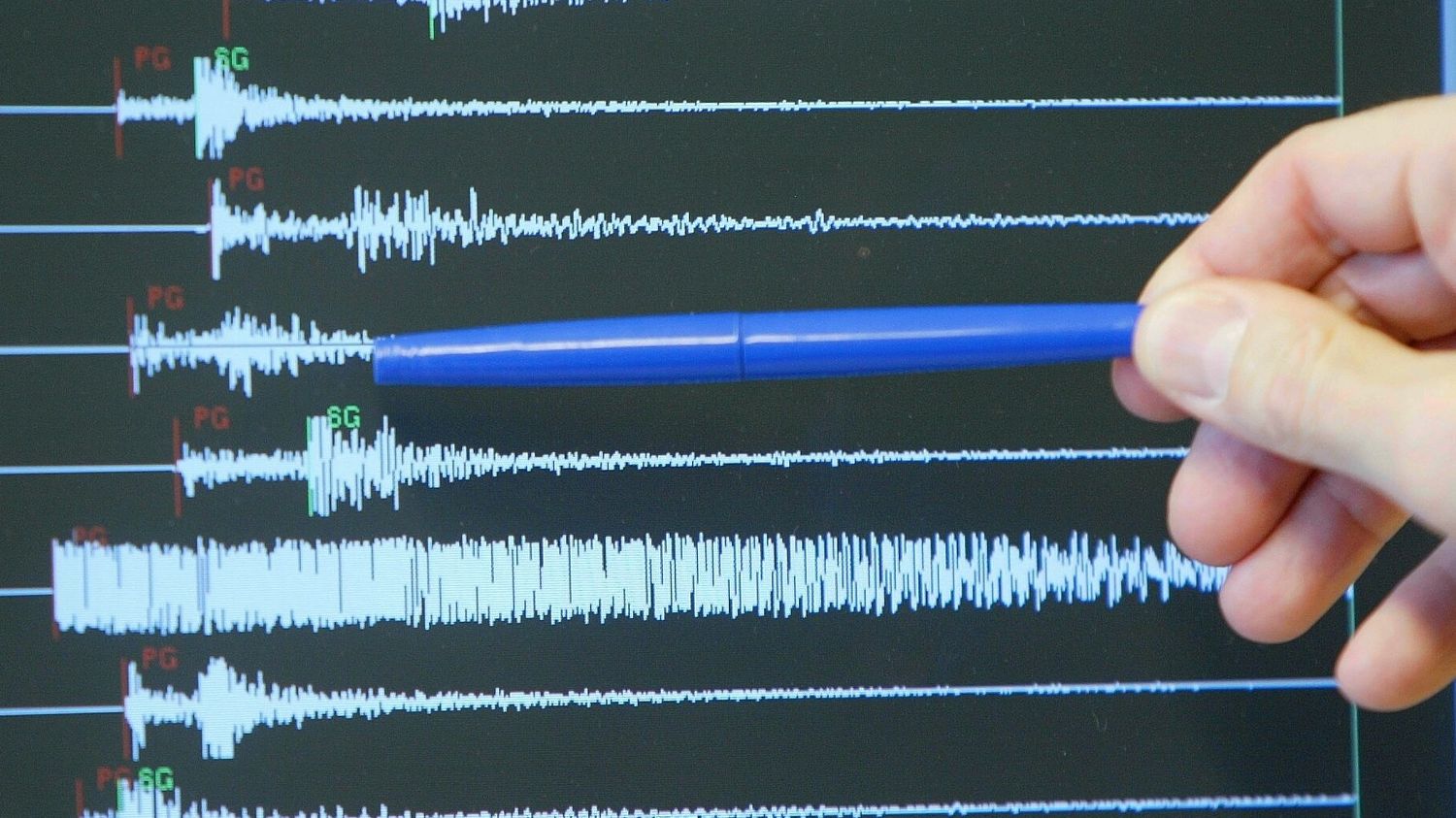Every year, hundreds of tremors shake this German region, hit in 1911 by an earthquake with a magnitude of 6.1.
Published
Reading time: 2 min

It is a region of Germany where the earth shakes regularly. The southwest of the country, near the Rhine and Alsace, is even considered to be the area with the highest seismic risk in Germany. The sector is certainly located at a plate collision zone, but part of the phenomenon remains unexplained.
At the Friborg seismology center, tremors appear on the screens almost in real time in the form of color curves. There are 466 earthquakes recorded in the region in 2023. “We have earthquakes every dayexplains Stefan Stange, head of the seismology department. There, we see those from last week, in red. There were six. It lasts two or three seconds, no more. Why they occur in these places, and not 20 kilometers away, we have no idea. The building regulations here are stricter because it is assumed that there may be stronger earthquakes in the future.”

A 5.4 magnitude earthquake in 2004
To better understand the phenomenon, 50 seismographs measure the tremors in the region. Technician Ralph Ortlieb maintains devices in the basement of a building in Freiburg. “These devices are very sensitivesays Ralph Ortlieb. For example, a wood sawmill can disrupt measurements within a radius of two kilometers. We install them in quiet places, underground, in cemeteries or near water tanks, these are the best places.”

99% of tremors are too weak to be felt by the population. The others, stronger, leave an impression. Dagmar remembers the Waldkirch earthquake in 2004, with a magnitude of 5.4 at 2:52 a.m. “We were sleeping and suddenly we felt the house vibratesays Dagmar. It felt like rocks were rolling towards us. It scared us.”
“We didn’t know if we should go out or stay inside. It’s happened twice since we lived here in Waldkirch.”
After each earthquake, residents’ observations are collected at the Friborg seismology center. A valuable resource explains Andrea Brüstle, who analyzes the data : “It’s a short questionnaire on the internet. You have to indicate the time, place and intensity of the feeling. There is a scale: did I feel it a little, or more strongly, did I feel it a little, or more strongly, did I feel it a little, or more strongly, did I What caused the glasses to collide? This allows us to evaluate it.”
An earthquake with a magnitude of 6.9 is expected to hit the region in October. But it will be an exercise, organized by the authorities to raise awareness among the population. Real earthquakes remain unpredictable by nature.
